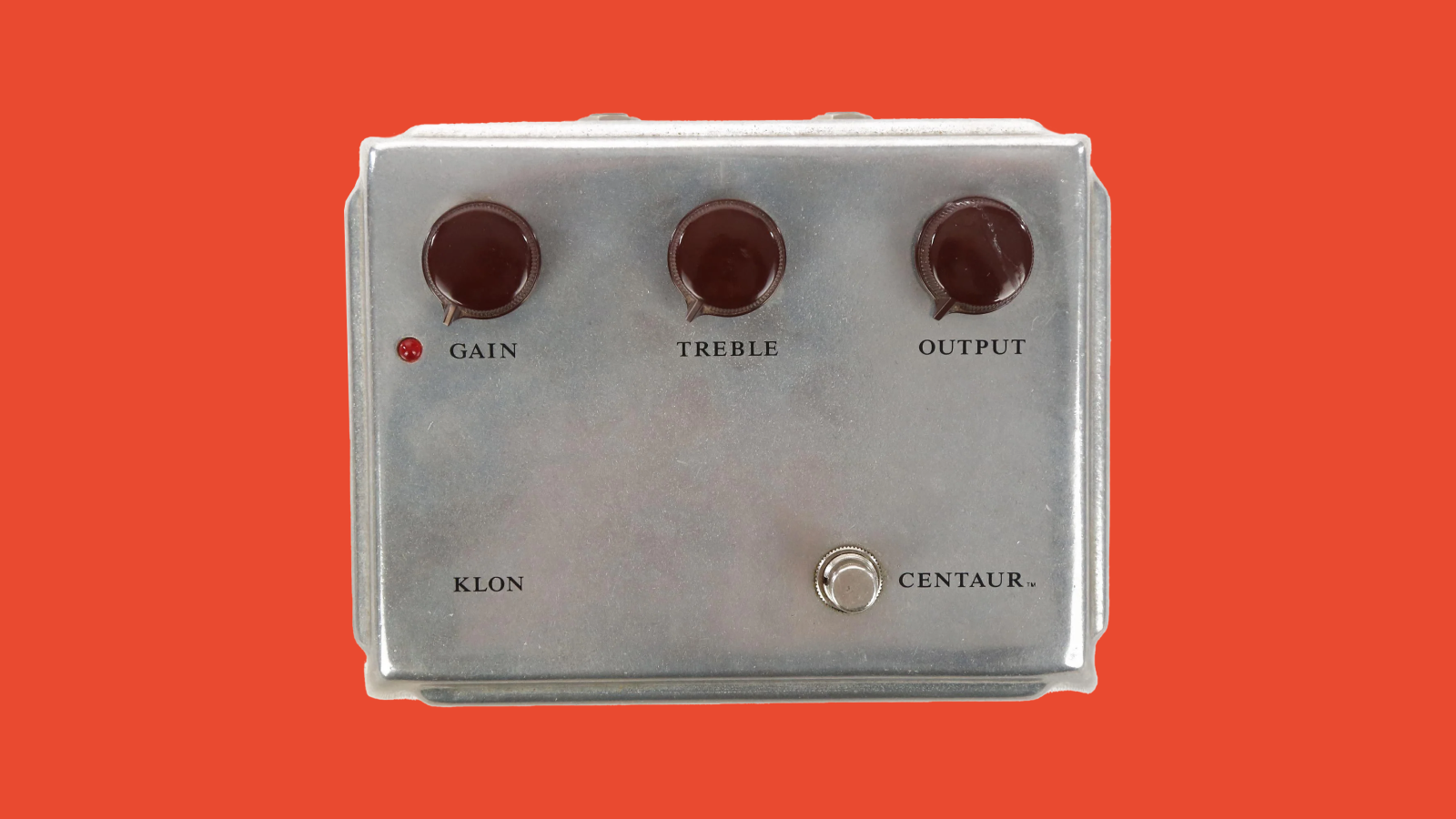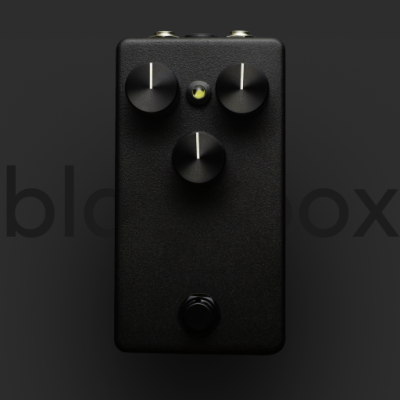In the realm of guitar pedals, few have gained a status as mythical and revered as the Klon Centaur. Its reputation is a mix of folklore, astonishing prices on the second-hand market, and genuine quality that has made it a staple of pedalboards worldwide. So, what is it that makes the Klon Centaur pedal so special, and how did it become the legend it is today?
The Origin of the Klon Centaur
The Klon Centaur was designed and manufactured by Bill Finnegan between 1994 and 2000. From the onset, this pedal was different. Each one was painstakingly hand-built by Finnegan himself, and it was one of the first boutique overdrive pedals to hit the market.
The Centaur was designed to solve a problem that many guitarists faced: how to achieve a warm, tube-like overdrive without losing the characteristics of the guitar or the amplifier. The Centaur was unique in its transparent and harmonically rich overdrive, which seemed to add depth and detail to the original tone rather than covering it up.
The Centaur's Unique Sound
The Klon Centaur's sound is often described as transparent, clear, and articulate. It produces a beautiful, warm overdrive that is responsive to the player's touch. It can go from a subtle boost that enhances the natural tone of the guitar to a rich, full-bodied overdrive, all while maintaining the guitar and amplifier's character.
The Centaur also has a secret weapon: its tonal circuit. Unlike other overdrive pedals that cut the bass when increasing the gain, the Centaur maintains its low-end, adding to its warm and smooth overdrive character.
The Magical Diodes
Bill Finnegan originally used 1N34A germanium diodes in the Klon Centaur pedal, chosen specifically for their tonal qualities. The 1N34A diode is known for its lower forward voltage drop, resulting in smoother clipping and the warm, dynamic tone associated with the original Klon. This diode played a central role in creating the pedal’s signature transparent, harmonically rich overdrive.
However, as the availability of consistent and authentic 1N34A diodes became increasingly limited, Finnegan transitioned to using Russian-made germanium diodes which provided a similar sonic characteristic. While subtle differences exist between the original 1N34A and these Russian equivalents, both types continue to be highly valued for their role in replicating the iconic tone of the Klon Centaur.
I use the Russian equivalents in the BlackBox Pedals Klone because of the higher consistency and because I think they actually sound better





